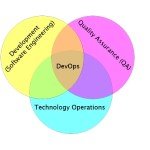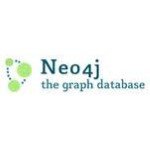Kubernetes
-
DevOps

Kubernetes pod as a Bastion Host
In Cloud Native apps private networks, databases and services are a reality. An infrastructure can be fully private and only…
Read More » -
DevOps

Replacing Docker Desktop with hyperkit + minikube
MacOS is a Unix but it isn’t a Linux so, unfortunately, if/when we need to use linux-y things like docker…
Read More » -
DevOps

Data Gateways in the Cloud Native Era
These days, there is a lot of excitement around 12-factor apps, microservices, and service mesh, but not so much around…
Read More » -
DevOps

Container Orchestration | Definition, Benefits & How It Works
Container Orchestration | Definition, Benefits & How It Works In the 1970’s, the concept of a container-based application emerged to…
Read More » -
DevOps

Database migrations in Kubernetes applications with Flyway
I’ve recorded a video how to migrate databases for applications that are deployed in a managed Kubernetes environment using Flyway…
Read More » -
Enterprise Java

Migrating Neo4j graph schemas in Kubernetes
When running enterprise applications with zero-downtime, we need to be able to perform database schema migrations without disrupting active users.…
Read More » -
Enterprise Java

How to restore a Neo4J backup on managed Kubernetes
In the following video I’ll explain how to restore backups of Neo4J instances to a fresh instance that runs in…
Read More » -
Enterprise Java

How to backup Neo4J on managed Kubernetes
In the following video I’ll explain how to take full and incremental backups of Neo4J instances that run in a…
Read More » -
DevOps

Deploying a Neo4J single core on managed Kubernetes
Besides running a database cluster, it might already be sufficient for your project to deploy a single instance. In the…
Read More »



